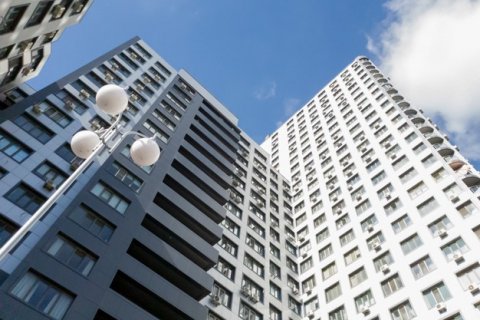
The cranes are working all over Palma, where new residential complexes are being built. From Cala Major to Gomila, passing through Nou Llevant, where construction is underway, or La Bonanova and El Amaneser, in the Femu Park area. The map of Ciutat is full of new buildings.
Cranes show interest in new apartments. And the prices? The average is 3,500 euros per square meter, that is, 350,000 euros for a 100 square meter flat, to which VAT and expenses must be added.
However, these are average indicators. "In the center, the price goes up to 5,000 euros, but it is very easy to find apartments for 10,000 euros per square meter," says Luis Martín, president of the Association of Developers of the Balearic Islands (Proinba), which is equivalent to 1 million euros for an apartment of 100 square meters.
"This is not a multi-apartment housing boom. There are several new buildings, but in general, a maximum of 400 houses are being built in Palma, and there is an annual demand for 2000 houses in Palma," Martín says.
He warns "the product that is being built belongs to the medium/high and high level. The price is far from affordable housing. The most reasonable prices are from 275,000 to 300,000 euros, as in Son Ferragut". He complains "there are almost no development zones here. Son Bordoy is still at a dead end, as is Son Busquets, in the hands of the administration."
Of course, "there are "small projects "at large", but most of all are "building repairs". In Cala Major, Sant Agustí, Calanova and Génova, multi-apartment and terraced houses are concentrated "for European clients at a high price, from 8,000 euros per square meter". Gomila also stands out, "inspired by the Fluxà company. Changes are taking place in the district."
At the same time, "possible developments are at a dead end, and when the General Urban Plan (PGOU) is approved, they will tell us what can be developed." We can't build affordable housing. The high price of land also adds to this. Martin suggests increasing the density of buildings to reduce prices.
